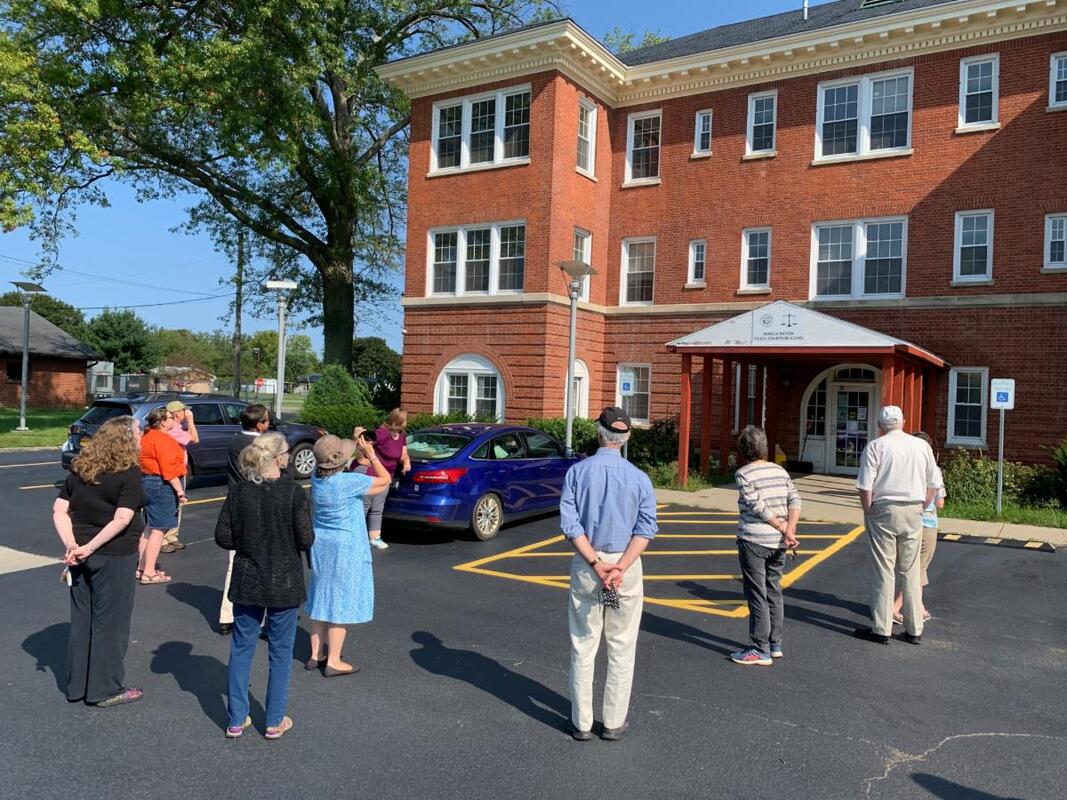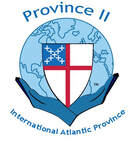 On Saturday, the Rev. Roland Cooper and Good Shepherd, Irving, hosted 30 people from across the partnership dioceses, including Bishop Sean, for worship and to visit the grounds of the former Thomas Indian School. The school tour was led by Faith Stewart, senior warden at Good Shepherd and a local school teacher. The group also visited the mission cemetery across from the school and attended the Seneca Nation Fall Festival. "I was moved by the stories that Fr. Roland told," Archdeacon Diana Leiker of St. James, Batavia, said. "He spoke the truth about what happened at the Thomas Indian School as it was relayed to him by the many talks he had with his grandmother, and also by what he has experienced as a Native American. His gentleness and love reflects a life led as a follower of Jesus." The Rev. Matt Lincoln, rector of Trinity, Buffalo and chair of the Commission to Dismantle Racism and Discrimination, was encouraged to find that some of the property is now used by the tribal government for the benefit of the Seneca people. "I found it very moving to learn about the history of the Seneca Nation, especially the people of Good Shepherd Church, Fr. Cooper and his grandmother," he said. "Since our diocesan programs on social justice matters, I've become so much more aware of the privileges I've enjoyed during my lifetime that were denied to others," the Rev. Claudia Scheda, rector of St. David's, West Seneca, said. "It was truly eye-opening to hear the stories of a group of people who lost their language, culture, and families at the hands of white oppressors. I'd known about Indian schools for a long time, but had been unaware that one was right in my backyard." Last winter, nearly 40 people from across the partnership dioceses gathered online for a four-week study of " The Thomas Indian School and the 'Irredeemable' Children of New York , " which tells the story of the school and the experiences of Indigenous children there, including many from the Seneca Nation in Western New York. Established by Presbyterian missionaries and later operated by the State of New York, the school housed 2,470 children, many of whom were forcibly removed from their families, from 1855-1957. Images: the Rev. Roland Cooper speaks to visitors; visitors tour the grounds of the former Thomas Indian School. Comments are closed.
|
Archives
April 2024
Categories |


 RSS Feed
RSS Feed



